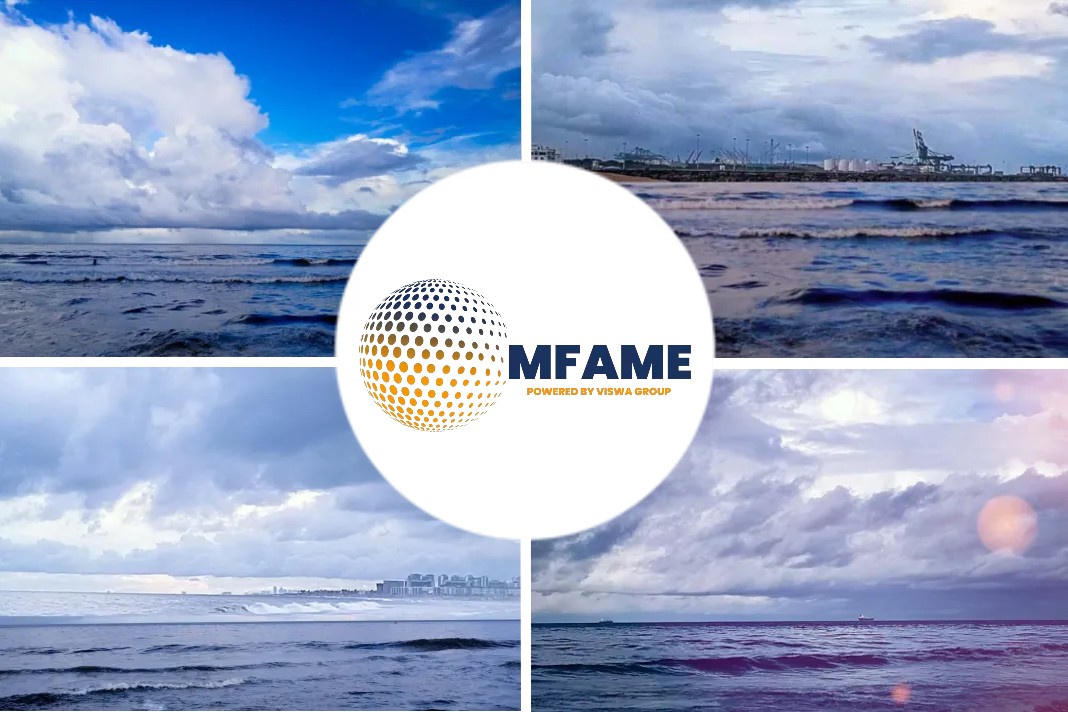A number of ports are collaborating with multiple stakeholders to help de-risk projects to help meet 2050 ambitions, reports Lloyd’s Register.
Meeting IMO 2050 targets
Shipping produces about 2.9% of the world’s man-made emissions of carbon dioxide, according to a report by the International Maritime Organization (IMO) in 2020. The IMO’s ambition is to reduce greenhouse gas emissions from shipping by at least 50% by 2050, with a stretch target of a 100% reduction by the same deadline.
There is considerable uncertainty over how these ambitions will be achieved, but this target cannot be reached by energy efficiency measures alone, an energy transition from fossil fuels is required.
LR’s research has shown that to reach the IMO’s ambition, zero-carbon vessels capable of deep-sea, trans-ocean travel will need to be in use by 2030.
Fuels of the future
Looking back at the previous energy transition – from coal to oil – this took place over 50 years and oil was cheaper, cleaner, abundant, more energy dense and safe to handle. The future fuels that are being discussed now – methanol, hydrogen and ammonia – do not have any of these characteristics.
The energy density is at least half of today’s fuels, this means more space will be required on ships to carry the extra fuel. LR analysis forecasts that these fuels will also be 2-4 times more expensive. A further complication is that these fuels can come from many different sources, some with more impactful or similar lifecycle emissions to the fuels of today.
There are also safety concerns about the hazardous nature of the fuels of the future. The safe use of these fuels of is governed by the Control of Major Accident Hazards (COMAH) regulations on land.
These rules define thresholds for the quantities of dangerous substances that can be stored. This is of particular relevance to ports because of the limits for hazardous fuels that can stored close to habitation and consideration will be needed for bunkering of ships in ports.
Ports are catalyst in zero-carbon transition
In the UK for example, alignment will be required across the regulatory landscape – Health and Safety Executive (HSE) for land-based, Maritime and Coastguard Agency (MCA) for shore-based and Statutory Harbour Authorities.
Shipping is not alone in this challenge, with many land-based sectors also looking to decarbonise, ports can be seen as the interface in meeting the demand requirement from importation of fuels, and potentially solving the issue of demand and supply and de-risking projects across several stakeholders.
Ports have the potential to be a catalyst for the shipping industry’s zero-carbon transition, but it is a chicken and egg scenario. Ships will need the fuel so the ports will need to supply it, but if the ports are using the fuel for other purposes, then the port infrastructure changes around that fuel can supply ships. This is why cross-industry collaboration will be so important to join up the dots between industries.
If a port is importing hydrogen for other purposes then it should be thinking about how can it be used it for its own purpose – for example to power cranes, cargo trolleys and localised shipping like harbour tugs and pilot vessels under the port’s control. This is likely to be driven by a local or national objective to meet decarbonisation targets.
The port can then look at scaling this up to support the deep-sea shipping industry. Once more than one port is supporting the infrastructure and there is trade between these ports, then that trade can start going through an energy transition. It is vital that we see these types of pilots this decade.
Creating ‘Green corridors’
Recently, the Port of Cromarty announced it working with the whiskey industry to develop a green hydrogen hub, producing hydrogen from offshore and onshore wind farms. This is a significant investment that can be spread across several stakeholders, thereby de-risking the project whilst reducing greenhouse gas emissions.
Some other examples are the Port of Antwerp forming consortium with DEME, Engie, Exmar, Fluxys, the Port of Zeebrugge and WaterstofNet to establish a fully renewable hydrogen import value chain by 2030.
The Port of Hamburg has announced it is working with Vattenfall, Shell, Mitsubishi Heavy Industries and Warme Hamburg to develop a 100MW electrolyser to produce green hydrogen. The next step is the look at the shipping trade between these ports to create ‘green corridors’.
These examples are precisely the types of collaborations that the industry requires – looking at how multiple stakeholders can create a valuable hydrogen chain. It is key that we see more of these initiatives so they can be scaled up to meet the 2050 ambitions.
Did you subscribe to our daily newsletter?
It’s Free! Click here to Subscribe!
Source: Lloyd’s Register


























